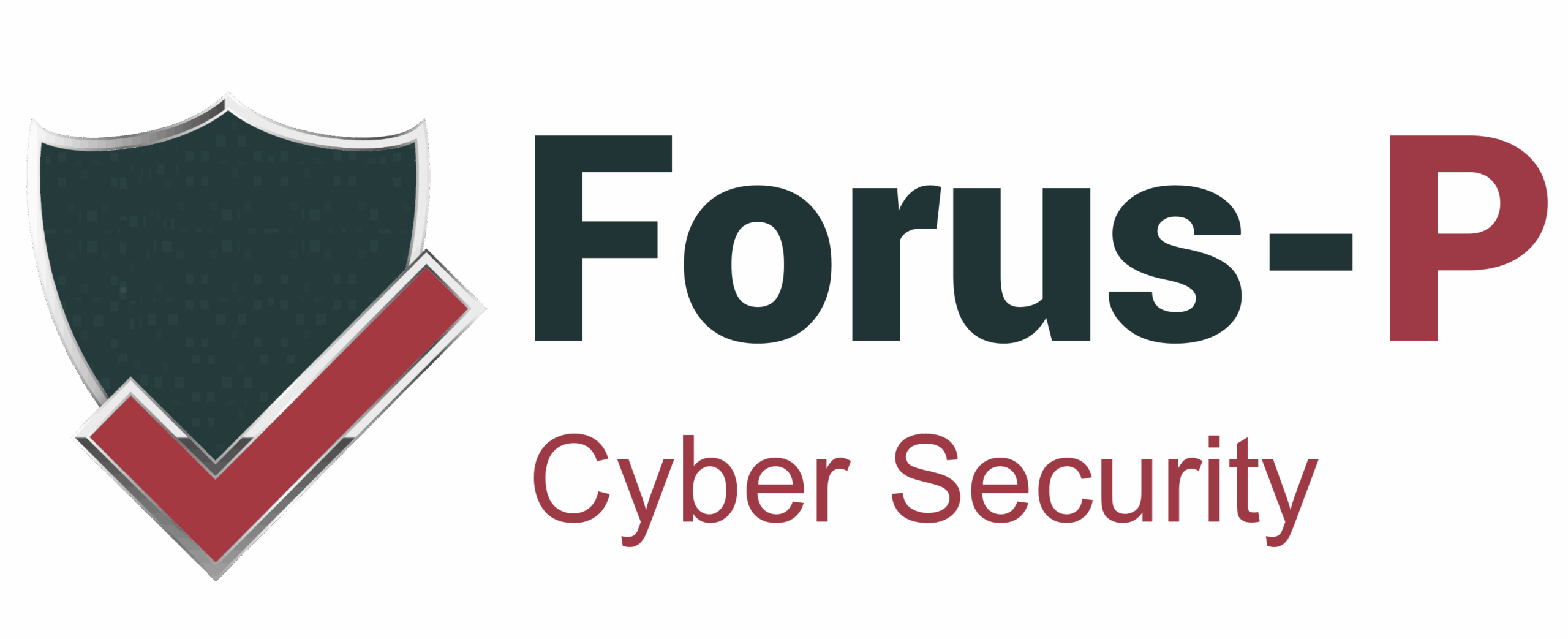How can we help?
IP Address
An “Internet Protocol” (IP) address is a numeric address assigned to each device on a network so that other devices know how to contact the device. External IP addresses are unique across the internet and are usually used to host websites or other external services. Internal IP addresses are used within a local network and are not available externally without a separate external IP address.


